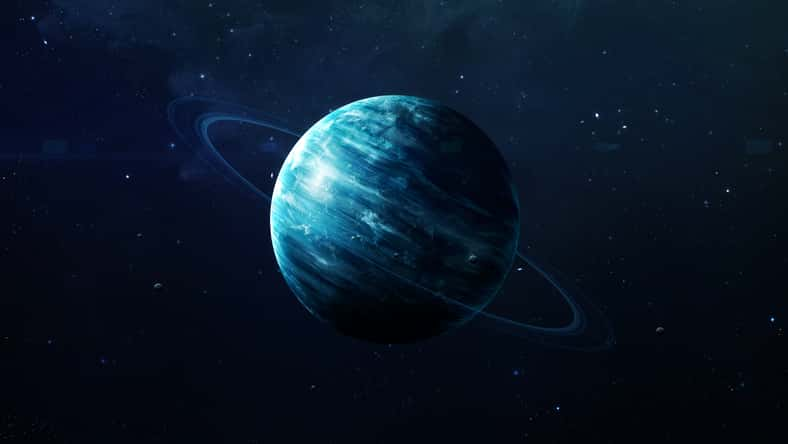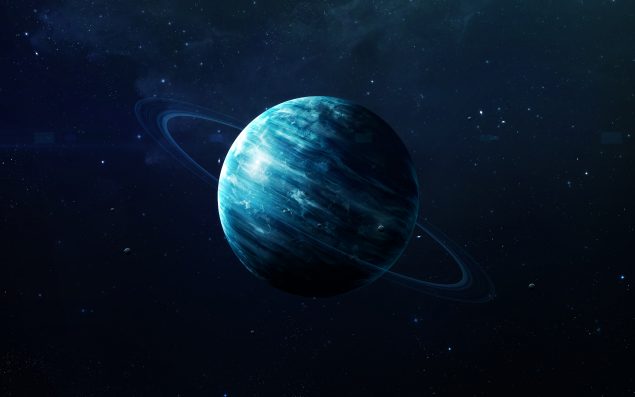Uranus Was Discovered In 1781, And It Was Completely By Accident

On March 13, 1781, the seventh planet in our solar system, Uranus, was discovered completely by accident.
An amateur British-German astronomer named William Herschel had been looking through his telescope when he spotted the planet.
Herschel developed an interest in astronomy at the age of 34. Before that, he was a successful composer and musician.
Back then, the range of telescopes was rather limited. On that night, Herschel had been using a homemade device of his own design.
He noticed a faint object in the sky shaped like a flat disk that moved in front of the fixed stars. At first, he thought it was a comet, but its movements appeared to be too slow.
After further observations, he realized it was a new planet. It was the first planet to be discovered with a telescope.
The planet had actually been observed as far back as 1690, but ancient astronomers just weren’t aware of what they were looking at.
Since Herschel was the one who made the discovery and saw its true significance, he decided to name the planet.
He proposed the name “Georgium Sidis” in honor of King George III, but his peers disagreed. Instead, they opted for “Uranus,” in keeping with the established protocol of naming planets after ancient gods.

Vadimsadovski – stock.adobe.com – illustrative purposes only
Uranus was one of the earliest gods in Greek mythology. He was the god of the sky and the son/husband of Gaia, the mother of the Earth.
Their offspring included the Titans, who overthrew their father to rule the world. Eventually, the Titans were overthrown by Zeus and his siblings, who became the Olympian gods.
King George III was pleased with Herschel’s work. The king knighted him and appointed him as the court astronomer, allowing Herschel to give his full attention to studying the heavens.
He went on to discover several moons, coin the word “asteroid,” compile a list of more than 2,500 celestial objects that is still in use today, and invent a few new telescopes.
Between 1785 and 1789, Herschel had a telescope constructed at the Observatory House in Slough, England. It was 40 feet long and was touted as the world’s largest telescope for about 50 years.
Herschel’s younger sister, Caroline, can also be credited with some scientific achievements. She supported Herschel’s work by polishing his telescopes, recording celestial observations, and editing and publishing his star catalogs. In addition, she described 14 new nebulae, eight comets, and a catalog of star clusters.
The sibling duo paved the way for new discoveries. For instance, in 1977, astronomers found rings around Uranus using the Kuiper Airborne Observatory.
Uranus became the second-ringed planet in our solar system. It has 13 rings and 28 moons that scientists know of.
The closest that humans have come to Uranus was in 1986. The Voyager 2 spacecraft made it within 50,600 miles of the planet’s cloud tops and gathered many images and data on its rings, moons, atmosphere, and magnetic environment.
Sign up for Chip Chick’s newsletter and get stories like this delivered to your inbox.
More About:News





